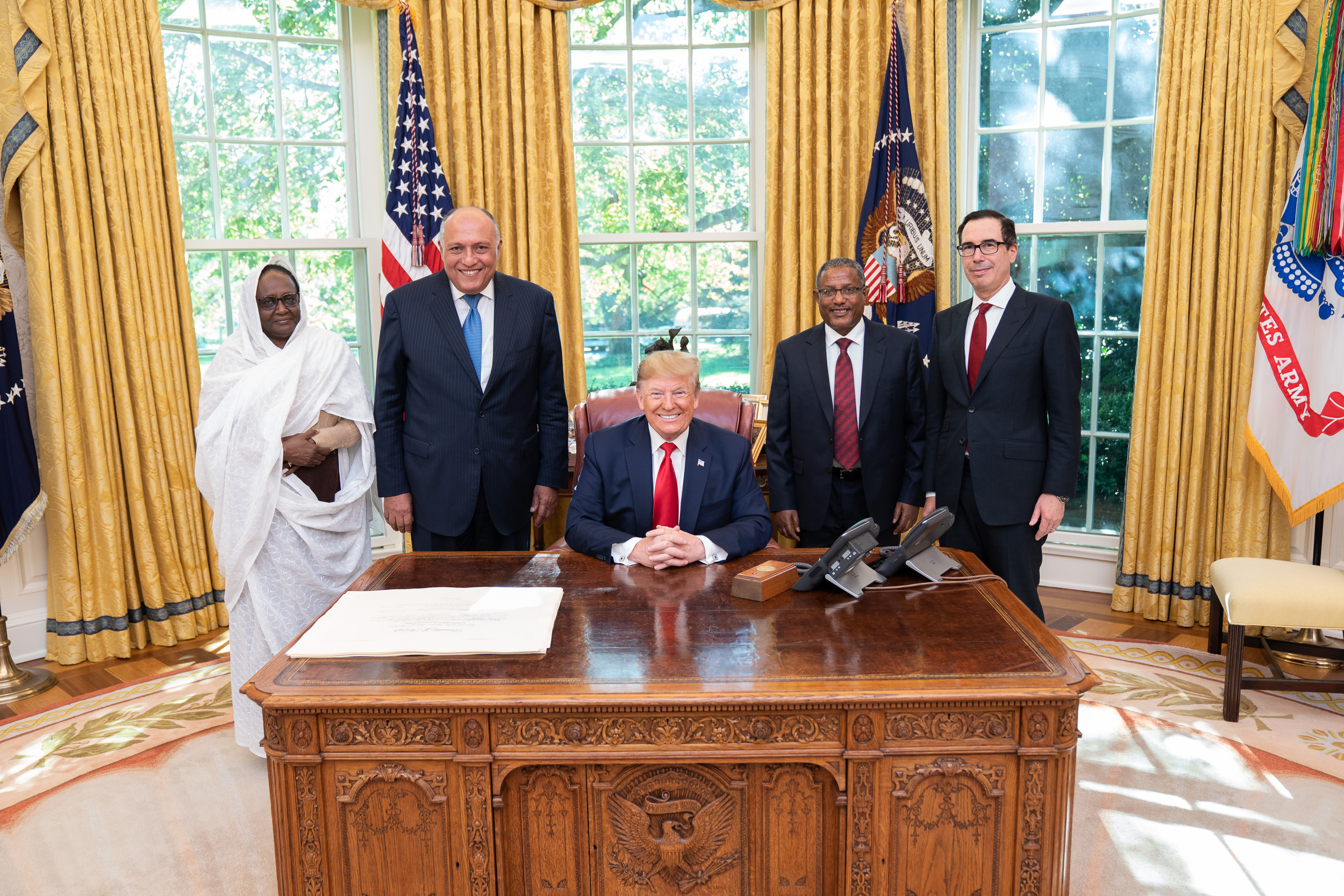Tensions have been building between Egypt and Ethiopia as a result of a revolutionary infrastructural project embarked upon by the Ethiopian government in 2011. The Grand Ethiopian Renaissance Dam, or GERD, is a feat that will dramatically change the socioeconomic nature of this rapidly developing African country. Currently, about two thirds of the Ethiopian population is disconnected from the grid. The energy producing potential that a hydroelectric dam carries will eradicate this lack of access. Furthermore, the dam would also allow for energy export, something which further incentivizes the Ethiopian government and international aid providers to provide investment.
However, the Egyptian government has adamantly refused the establishment of this dam, a request the Ethiopians have consistently overlooked and ignored. The threat that the construction of this dam poses to Egypt’s water supply is substantial. Estimates reveal that if the dam is set to be filled in five years, it will destroy up to half of the agricultural land available in Egypt. In other words, the faster the Ethiopians fill the dam, the more dire the situation becomes for Egypt’s population.
Currently, there are 11 countries residing within the Nile Basin, each of which will be directly or indirectly affected by this project, albeit to varying degrees. The Nile’s prominence as the primary water source in a set of largely arid countries makes control over it a perpetual cause for conflict. In 1929, the Anglo-Egyptian treaty was signed by many of the Nile basin countries, excluding Ethiopia. This initial treaty granted Egypt a plethora of rights to the Nile, including the power to veto construction projects along the river. Egypt’s geographical placement on the north warranted these initial rights, as the Nile flows south to north. However, in 1999 a new agreement, titled the Nile Basin Agreement, was drawn up in an effort to create fair water management throughout all the Nile Basin countries, rather than allow for a concentration of control previously awarded to Egypt. The Nile Basin Agreement was signed by all respective countries, however it was overturned in 2010 due to the formation of the Cooperative Framework Agreement. Egypt rejected this particular agreement on the grounds that it violated the rights granted to them by way of the initial Anglo-Egyptian treaty.
The sense of urgency and stubbornness both countries have displayed amidst this power struggle is a result of an inherent pride in identity. A sense of nationalism serves as both a unifying force within the countries for their respective causes, as well as a driver of animosity between them. An Egyptian cyber group, self-named the Cyber_Horus have carried out attacks on Ethiopian governmental websites. The emergence of this group displays how this conflict has compelled civilians of these countries to embark upon their first usage of digital tools in this particular realm. The multifaceted nature of this clash has taken many forms, while its resolution seems to be going in circles.
The United States and the United Nations have unsuccessfully attempted interventions in hopes of getting Ethiopia to comply with the 1997 UN Watercourses convention requiring upstream countries to consult downstream ones prior to embarking on such projects. However, this has already been breached by the Ethiopian government, and continues to be violated as the construction of the dam proceeds. Egypt’s potential to be in a state of immense water poverty in the aftermath of GERD seems to be its most sympathetic argument as of now. However, the role of unjust colonial actors in helping establish the Anglo-Egyptian treaty counterbalance that fact and taint their cause.
Currently, this deadlock remains, and external developments fail to budge its progression. The US recently suspended funding to Ethiopia, an action the shocks of which are yet to be felt. Ethiopia and Egypt continue to appear open to conversing over the dispute. The big questions are clearly yet to be addressed, and the two countries must come to a consensus on their desires and limitations sooner rather than later. Regardless of other shifts, the core issue remains – should this dam be approved given the potentially life threatening consequence it poses for Egyptian civilians? Or should Ethiopia be allowed jurisdiction over this novel project?
Edited by Naya Sophia Moser.
Photo credits: “Grand Ethiopian Renaissance Dam Meeting” by Ninian Reid taken on November 6th, 2019, licensed under CC-BY 2.0. No changes were made.
Misbah Lalani is a first year at McGill University, pursuing a bachelor’s in honours international development studies and industrial labor relations, with a minor in social entrepreneurship. She is serving as a staff writer for Catalyst and is particularly interested in economic development and market conditions in Middle East.

